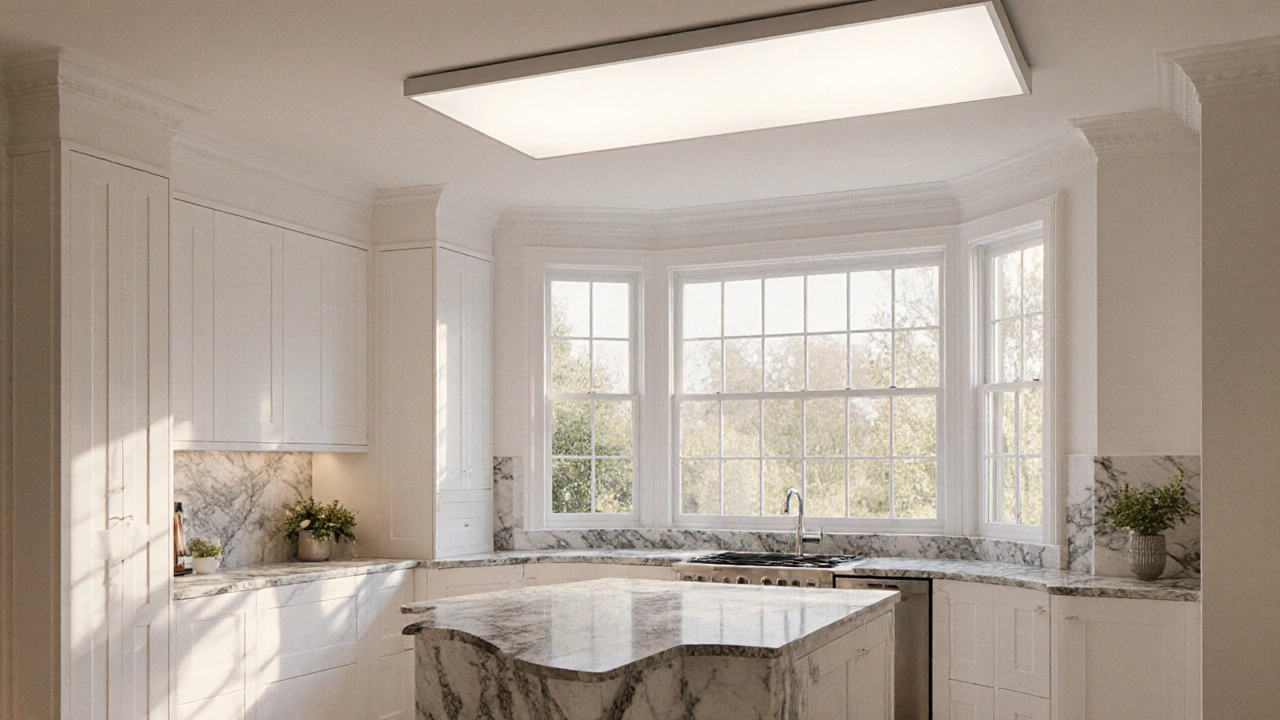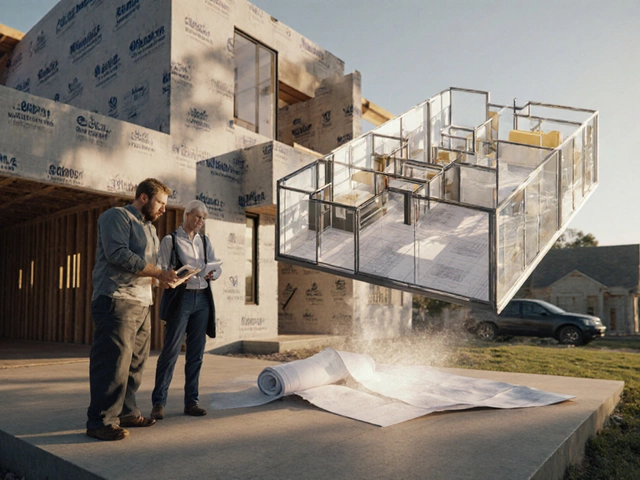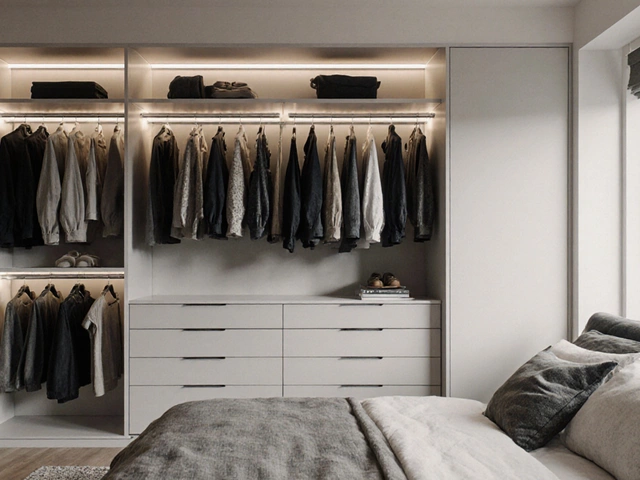Full-Spectrum LED Lighting: Bright Ideas for Every Space
When working with full-spectrum LED, a light source that mimics natural daylight across the visible spectrum. Also known as daylight‑balanced LED, it provides consistent color rendering and high CRI (Color Rendering Index). LED lighting refers to the broad family of light‑emitting diode fixtures used in homes and businesses relies on semiconductor technology to produce light efficiently. Color temperature measures the hue of a light source in Kelvin, ranging from warm amber to cool blue‑white is a key attribute of full‑spectrum products, while smart lighting integrates wireless controls, scheduling and dimming through apps or voice assistants often pairs with these LEDs to boost convenience. The combination of these concepts creates a lighting solution that not only looks great but also supports wellbeing.
Full‑spectrum LEDs encompass a wide range of applications—from kitchen countertops to home offices—because they deliver a light quality close to natural sunlight. This makes them ideal for tasks that demand accurate color perception, such as cooking, reading or crafting. At the same time, the technology requires proper fixtures and drivers that match the lamp’s voltage and wattage, ensuring the LEDs run at optimal temperature and lifespan. Homeowners who choose smart lighting often find that app‑based dimming and scheduling enhance energy savings, as lights automatically adjust to daylight patterns.
Health benefits are a major draw. Research shows that exposure to daylight‑balanced light can help regulate circadian rhythms, improve mood and boost productivity. By installing full‑spectrum LEDs in workspaces, you can reduce eye strain and maintain alertness during long hours. In bedrooms, choosing a lower color temperature in the evening can signal the body to wind down, supporting better sleep. These physiological effects make the lighting choice a functional part of home wellness plans.
Installation isn’t rocket science, but a few best‑practice steps make a difference. First, verify that the chosen fixture supports the LED’s wattage and heat‑dissipation rating. Next, use a compatible driver or transformer to avoid flicker and humming. For DIYers, a simple screwdriver and voltage tester are enough, but hiring a qualified electrician is wise when dealing with recessed ceilings or outdoor units. Once installed, integrate the fixture with a smart hub if you want remote control, timers or scene settings.
From a design perspective, full‑spectrum LEDs open up creative possibilities. Because they render colors faithfully, you can confidently pair bold wall paints, artwork or decorative tiles without worrying about hue distortion. The broad spectrum also works well with natural materials like wood and stone, highlighting grain and texture. When paired with smart lighting, you can program scenes that shift from a warm sunrise glow to a crisp daylight boost, matching the time of day or activity.
Compared to older technologies, the advantages are clear. Fluorescent tubes often produce a harsh, uneven light and contain mercury, while incandescent bulbs waste most energy as heat. Full‑spectrum LEDs deliver higher lumens per watt, longer lifespans (often 25,000–50,000 hours), and no hazardous materials. This translates to fewer bulb replacements, lower utility bills and a reduced carbon footprint.
Cost considerations are also favorable. Although the upfront price of a full‑spectrum LED fixture can be higher than a standard LED, the long‑term savings from energy efficiency and reduced maintenance quickly offset the initial outlay. Many manufacturers offer rebates or incentives for energy‑saving upgrades, further improving the return on investment.
Environmental impact matters too. By consuming less electricity, full‑spectrum LEDs help lower greenhouse‑gas emissions associated with power generation. Their long lifespan means less waste ending up in landfills, and many brands provide recycling programs for end‑of‑life units. Choosing these lights aligns with sustainable home improvement goals.
Below you’ll find a curated collection of articles that dive deeper into every angle of full‑spectrum LED lighting—from DIY installation guides and design inspirations to health‑focused lighting strategies. Explore the posts to get actionable tips, real‑world examples and expert advice that will help you make the most of this versatile lighting technology.
Best Lights That Mimic Natural Sunlight - 2025 Guide
Discover the lighting types that most closely replicate natural sunlight, learn key specs like CRI and Kelvin, and get practical tips for choosing and installing daylight‑mimicking bulbs.
full article




